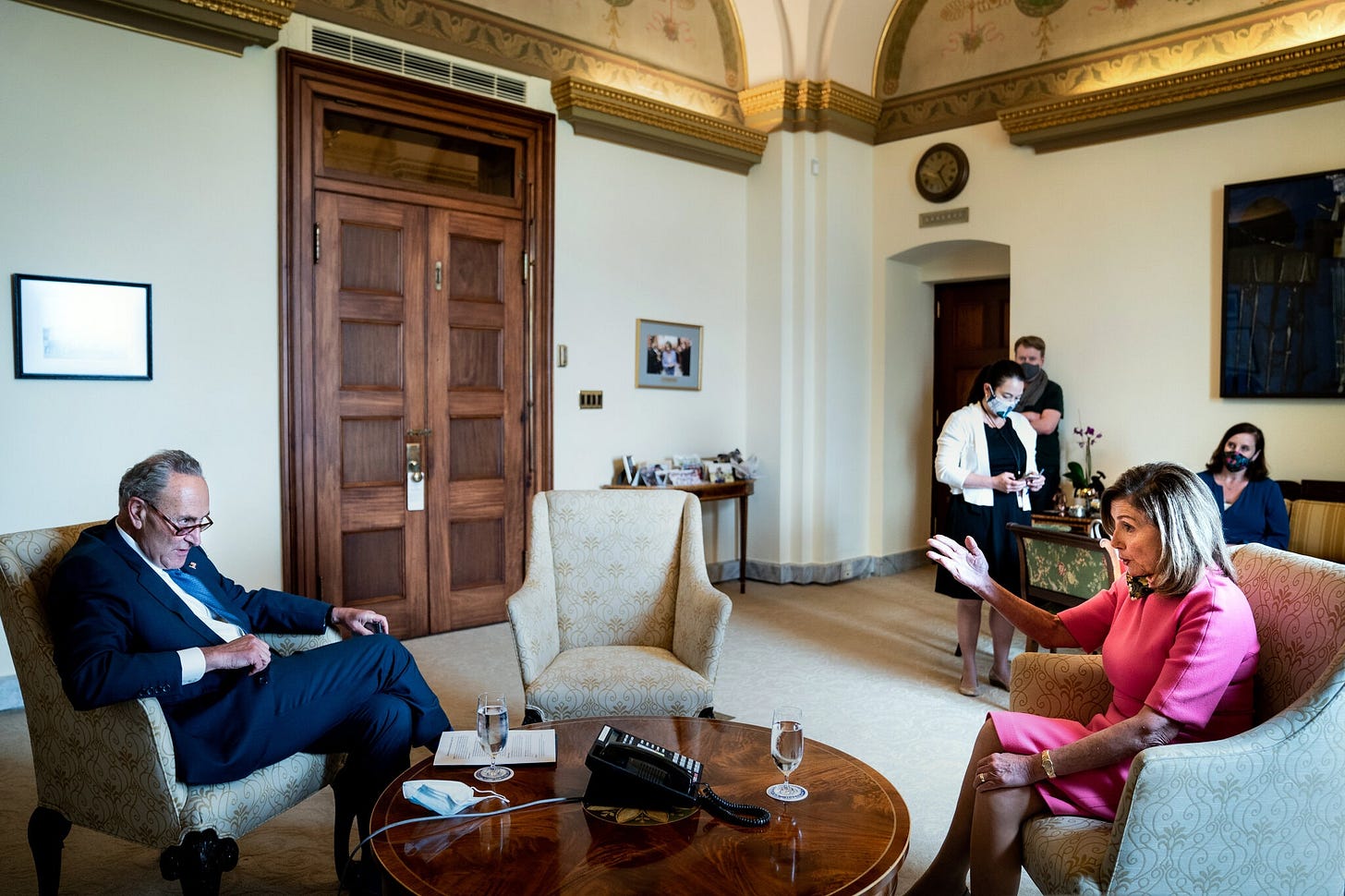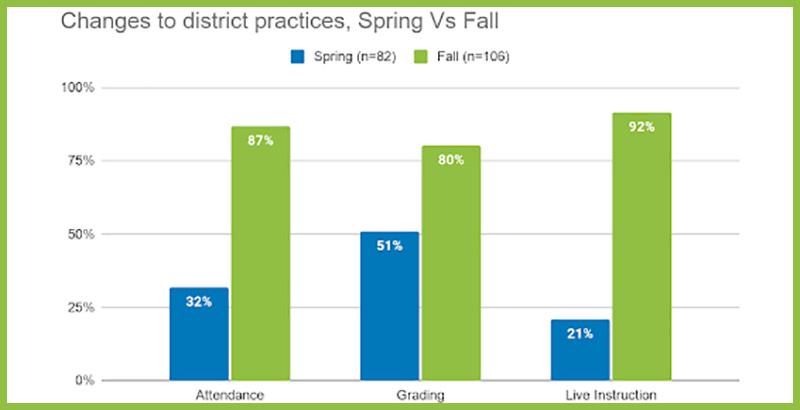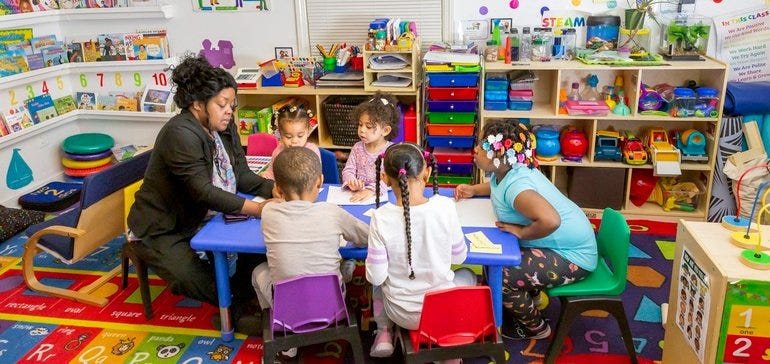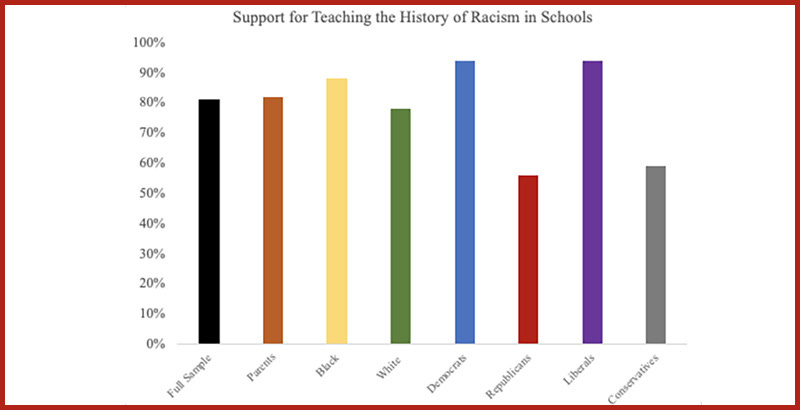Last week I cracked. It was 8:58 and my husband was busy at home. I had a meeting scheduled for 9:00 and remembered that my son did also, meanwhile my other son was 15 minutes late to his meeting. I don’t crack often, actually I really love high-stress situations. But, I was running from bedroom to bedroom logging kids on, logging myself on, and blew up at everyone in the house about how “someone is going to be late when everyone has meetings that start at the same time and I am the only adult who knows how to log them on.” This resulted in my kids’ classrooms hearing my tantrum, me hurting my husbands feelings, and finally creating a family-wide log-on schedule and directions, complete with pictures of icons to click.
Apart from these rare failures as Chief Operating Officer at the Pitts’ house, distance learning is often grounding. Last week, I also watched one son become fluent at multiplication, another at writing his name, and observed my creative daughter making intentional, original artwork in between class meetings. It does not get more grounded than this type of life and someday when we return to school-based learning I will miss having everyone so close to me.
FEDERAL FUNDING AND NATIONAL POLICY

The U.S. system for material advancement is broken, economically and along racial divides. While talks around another round of financial relief for the U.S. are inching forward between Pelosi and Mnuchin, McConnell is proposing another round of Paycheck Protection Program funding, money for testing and hospitals, and protections for businesses at around $500 billion. Meanwhile, a study released this week reported that the monthly poverty rate increased from 15 to 16.7% from February to September 2020. The increases in monthly poverty rates are particularly acute for Black and Hispanic individuals. Pelosi has released interview statements and a Dear Colleague letter indicating that she is not going to act on short-term results.
What could additional fiscal policy do for the economy in the next three years? (Brookings)
McConnell Issues Update on Covid-19 Relief and Senate Schedule (Mitch McConnell)
McConnell shoots down 1.8 trillion coronavirus deal, breaking with Trump (The Hill)
Pelosi and Mnuchin keep Covid talks alive even as deal remains elusive (Politico)
Interim considerations for testing for K12 school administrators and public health officials (CDC)
Monthly Poverty Rates in the United States during the COVID-19 Pandemic (Parolin et al., 2015)
Pelosi Is Playing Hardball on Coronavirus Relief. She Thinks She’ll Win (NYT)
“a study released this week reported that the monthly poverty rate increased from 15 to 16.7% from February to September 2020. The increases in monthly poverty rates are particularly acute for Black and Hispanic individuals.”
STATE AND LOCAL POLICY

Education finance and accountability are top of mind, but it is difficult to put a price tag on many of our systems. In addition, there are deep divisions across our country about school reopening, sports, and other services. Virginia's largest school district of Fairfax failed to endorse a plan to keep a majority of students fully online until February. The boards’ division exemplifies the challenges communities face trying to engage families in conversations about budgeting and accountability. Still, some states are implementing new policies around early retirement, attendance, grading, and instructional or seat time.
Ed leaders say finances, politics remain hurdles in COVID-19 response (Education Dive)
Time to revisit licensing requirements on small, in-home child care providers (WBRC)
Can Early Retirement Policies Help Protect Teachers and Budgets? (ECS)
Map: Where Has COVID-19 Closed Schools? Where Are They Open? (Ed Week)
Fairfax School Board deadlocks on superintendent’s plan to extend online learning (AP)
SPECIAL EDUCATION
Districts and states were problem solving all throughout the summer about a variety of issues and concerns regarding school reopening, then not reopening. Unfortunately, that left special education a true add-on as school began started for many leaders and families. Now that students are back to learning, there are a few concerns surfacing, (a) it is not clear how much learning students’ receiving special education services have lost and (b) it is not clear whether assessments are being prioritized to determine the appropriate scaffolding for on-ramps to grade-level learning.
“there are a few concerns surfacing, (a) it is not clear how much learning students’ receiving special education services have lost and (b) it is not clear whether assessments are being prioritized to determine the appropriate scaffolding for on-ramps to grade-level learning.”
ATTENDANCE

Student attendance and mobility are a crisis occurring across the country in real-time. We’ve heard from many districts that thousands of students have not been contacted since the beginning of the school year. The reported absentee rates in two urban California school districts are 7% overall and when data are disaggregated by vulnerable students the patterns are deeply concerning at 21% for homeless students, 15% for foster youth, and 13% for newcomer immigrants. In response to missing students, researchers at the University of Oregon asked 559 families whether they’ve changed schools since spring. Of those families responding yes, 5% said they are attending a new school due to residence changes and 21% due to a new school for another reason. To address this unintended consequence of remote learning we need rapid and centralized funding and leadership decisions.
The Effects of Absenteeism on Academic and Social-Emotional Outcomes (PACE)
Dipping enrollment, funding implications worrying district leaders (Education Dive)
How some California school districts deal with students absent from virtual classrooms (Ed Source)
Stay Informed with the Latest Enrollment Information (National Student Clearinghouse)
“when data are disaggregated by vulnerable students the patterns [of absenteeism] are deeply concerning with 21% for homeless students, 15% for foster youth, and 13% for newcomer immigrants.”
RACIAL EQUITY AND JUSTICE IN EDUCATION

Last Monday, October 12th, was Indigenous People’s Day. In many classroom intentional time was carved out for schools and communities to learn more about the tribal lands that our schools occupy and details of the past and present challenges they face. Oregon’s legislature and executive leaders are implementing a statewide curriculum about the rich history of the state’s Indigenous students and communities’ surroundings by elevating the voices of those who’ve historically been silenced. Explicit instruction about the shared assets and strengths among our diverse communities is a critical lever for dismantling structural racism in our schools that leads to negative outcomes for our Black, Latinx, and Indigneous students. A study released on disproportionate discipline this week reported that middle and high school students lost 37 instructional days per 100 middle and high students and seven per 100 elementary students. In a year when our typical reporting outcomes may not be available and there is widespread failure by districts to report data on school policing despite the requirements of federal law, we must advocate for measures to focus on inputs and opportunity to learn.
Native Mainers plan to reflect, educate on Indigenous Peoples’ Day (Maine)
School Suspension Data Shows Glaring Disparities in Discipline by Race (US News)
Poll Shows Support for Teaching History of U.S. Racism — With or Without Parental Consent (The74)
The Power of Tribal History/ Shared History (Future of Learning)
How do you create a more diverse teacher force? Hire your own graduates, Chicago says (Chalkbeat)
“Explicit instruction about the shared assets and strengths among our diverse communities is a critical lever for dismantling structural racism in our schools that leads to negative outcomes for our Black, Latinx, and Indigneous students.”
TEACHING AND LEARNING
Since the beginning of the pandemic state policymakers and education leaders have fallen back on stopgap measures to address systemic inequities exacerbated by the pandemic like the digital divide, but moving into this school year we need more strategic and long lasting solutions that will maintain integrity to our pre and post pandemic goals. We know that students from low-income backgrounds and students of color are disproportionately likely to be learning remotely, but it is unclear how states and districts are systematically checking-in on these families and students to ensure they are learning at all. Waves of research are crashing upon us that prove para educators and college students can provide large scale tutoring programs to address the potential need for on-ramps to grade level learning across our schools. Internationally, there is evidence that system wide policies on quality instruction like the science of reading are key characteristics of the most successful countries, unfortunately the education governance model in the US makes this a difficult shift for our state and local governments.
PISA 2018 Results: Effective Policies, Successful Schools (OECD)
Send the signal: A call for federal action to end the digital divide (Chiefs for Change)
“We know that students from low-income backgrounds and students of color are disproportionately likely to be learning remotely, but it is unclear how states and districts are systematically checking-in on these families and students to ensure they are learning at all.”
ASSESSMENT AND ACCOUNTABILITY IN DISTANCE LEARNING

Testing and accountability this year will require a balance of shifting our focus to measuring opportunities and inputs over outcome data, as well as maintaining integrity to the features of accountability that count for just education (i.e. academic achievement and success). State policymakers should be working closely with their technical assistance teams to develop protocols for districts who must collect data on how students are doing academically, socially, and emotionally, as well as the extent to which there is equitable opportunity for learning. This requires us to dig deeply into the root causes of anxiety about tests this year and how test scores will be used. The truth is our anxiety about testing is more about whether students are afforded equitable opportunity to learn what they are tested on across all communities.
A public comment on standardized testing (The Brunswick News)
Student assessment during COVID-19: A conversation with Laura Jimenez (Part I) (Assessment HQ)
UPCOMING EVENTS
Tuesday, October 20 (2:00 EST) Hunt Institute webinar on “Postsecondary Pathways: The Black Student Debt Crisis”
Thursday, October 22 (1:00 EST) Learning Policy Institute “State and Federal Opportunities to Support More Diver Inclusive School Systems”
Thursday, October 22 (3:00 EST) The American Federation of School Administrators, The National Association of Elementary School Principals, and the National Association of Secondary School Principals virtual Capitol Hill briefing on “Principal and the Pandemic: How School Leaders are Handling COVID-19”
--
Dr. Christine M. T. Pitts serves as Manager of Research and Evaluation at Portland Public Schools. As an Oregonian, raised by a multicultural family of educators, she brings a decade of progressive strategic leadership experience, a transformative vision, and analytic skill to crafting state education policy. An educator and researcher by training, she has conducted legislation, governance, and policy analyses on a wide array of education issues using social network analysis and mixed methods research. In addition, Dr. Pitts is a facilitative leader who deeply understands and co-constructs local and national partnerships and convening across stakeholder groups. Dr. Pitts currently coordinates between state and national policy leaders to investigate and advocate for policies that prioritize equity in education. Christine lives with her husband and four children in Portland, Oregon. Follow her on Twitter @cmtpitts.




